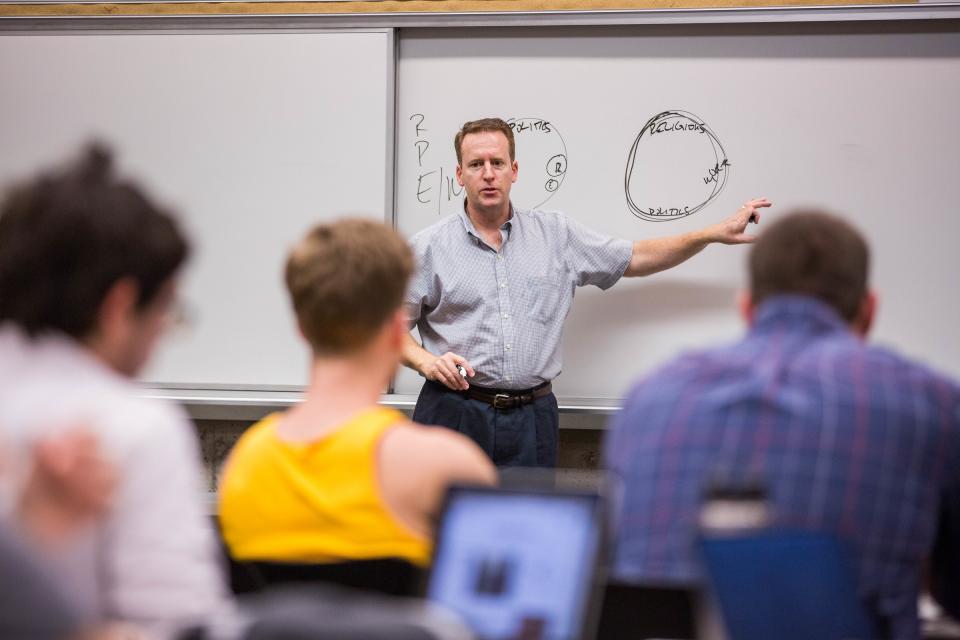ASU prof on the relationship between religion and the media
Exchange program with university in Pakistan seeks to promote greater understanding between religious scholars, journalists
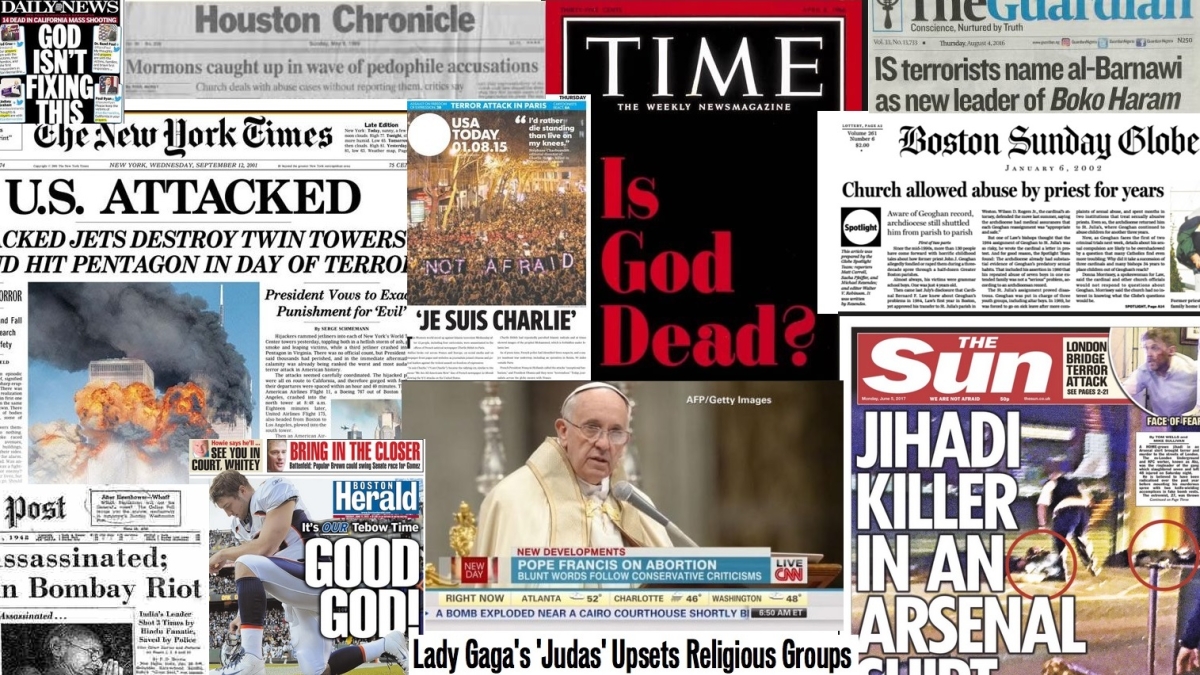
The ideals of a presidential candidate, the histories of persecuted peoples and the motives behind terror attacks are all things that can be better understood with a knowledge of the religions that influence them. That knowledge is especially important for those whose task it is to communicate those ideals, histories and motives to a vast audience.
“At a time when political forces at home and around the world are questioning and attacking the academy and the media, the work these institutions perform is more important than ever,” said John Carlson, director of Arizona State University’s Center for the Study of Religion and Conflict.
The center has touched on the relationship between religion and journalism as part of its exchange program with the University of the Punjab in Lahore, Pakistan, and just this summer was awarded a grant from the Henry Luce Foundation that will allow them to zero in even further through the Luce/American Council of Learned Societies Program in Religion, Journalism and International Affairs.
The program seeks to promote greater understanding between religious scholars and journalists who report and write about religion. To that end, the center will be partnering with the Walter Cronkite School of Journalism and Mass Communication at ASU to develop faculty workshops, curricula and public events that will enable journalists and scholars of religion to interact and learn from each other.
“Both academics and journalists are writers and interpreters of culture, but they do it on different timelines and using different tools,” Carlson said. “Both professions should be committed to improving knowledge about religion in ways that are meaningful and accessible to the larger public.”
As an associate professor of religious studies at ASU, Carlson teaches courses that look at religion in relation to war and peace, as well as such issues as sexuality, the environment and bioethics. In the following Q&A, he provided ASU Now with some insights on the relationship between religion and the media.
John Carlson lectures students in his religion, war and peace class at ASU. Photo by Deanna Dent/ASU Now
Question: What would you say are some of the most widely reported on religions in the media today, and why?
Answer: Any religious group or tradition that finds itself the topic of a major news story can expect to attract significant attention from journalists. When Mitt Romney was running for president, there was great media interest in Mormonism. Viewers, readers and listeners who knew very little about Mormonism wanted to learn more, including how it was relevant to Romney’s candidacy. When the Yazidis were being persecuted in Iraq, journalists and others realized they needed to learn about this relatively unknown Christian sect. And of course, after 9/11, there was a massive effort to deepen our understanding of Islam — one of the world’s largest and most influential religious traditions. Since then, because of terrorist groups like al-Qaeda, ISIS, Boko Haram (Nigeria) and al-Shabab (Somalia), there has been extensive coverage and certainly scrutiny of Islam — more so than many other traditions.
The problem with this approach — using “newsworthy” events as the basis for why and how journalists cover religion — is that the public doesn’t learn about religious peoples, traditions, institutions and histories on their own terms. Instead, religious topics are framed through the limited context of a current event. Rarely do major events provide a well-developed context for introducing the public to a religious group or peoples, including what aspects of their culture and identity are “religious” — or what aspects are not.
Q: Do you think when one religion is especially prominent in the media that journalists should focus more on learning about that particular religion as opposed to others?
A: This approach has its strengths and weaknesses. To go back to an earlier example, it would have been a grave mistake not to cover Romney’s Mormonism, including attention to some basics of what Mormons believe, the history of the faith and how it is similar to and different from Protestantism and Catholicism. If anything, though, I’d say the coverage was too fleeting. I doubt that most Americans, for example, know significantly more about Mormonism today than they did before the 2012 election.
This points to a deeper problem, though — one that affects journalists but has deeper roots than the media. Namely, as a society, we don’t do a very good job educating ourselves or our children about religion.
The distinction I am making here is learning about religion vs. religious instruction. That is, for the most part, we don’t teach about religion in our public schools. Within the modern university, many academic disciplines in the humanities and social sciences write religion out of the curriculum — deferring the topic to religious studies departments or divinity schools. Furthermore, many college students never take a course in religious studies, let alone major in it. These are the institutions in which journalists are trained and educated. So, as a society, we’ve got our work cut out for us at multiple levels: schools, universities and, yes, the media too. I’d also say that many churches and other religious institutions have not focused on education as seriously as they used to. That doesn’t help the situation.
Q: What is unique about the way the Center for the Study of Religion and Conflict is addressing some of the issues you raise?
A: The center, working closely with religious studies faculty and faculty in many other parts of the university, has undertaken extensive efforts over the past decade to deepen understanding of how religion impacts society and international affairs. Through a variety of interdisciplinary efforts — including research grants and programs, public dialogues and courses with these colleagues — we have tried to “mainstream religion” across the disciplines in ways that more accurately reflect religion’s influence in our world.
On one hand, that means not assuming religion is confined to sites of worship on a given day of the week. On the other hand, that means understanding that religion is not the sole or determinative cause that propels current events and issues — especially where violence is concerned. Consequently, we work in a complicated gray area, trying to understand the religious intersections of culture, politics, gender, race, justice, violence and peace. And we are working with journalists who want to explore these areas too.
Q: You have a few specific programs in which you are working with journalists. Please talk about your partnership with Punjab University.
A: We are currently administering a grant, funded by the U.S. State Department, to partner with Punjab University faculty from journalism and other fields. What is unique about this project is our interdisciplinary team. Led by Assistant Professor Chad Haines, the project team includes faculty from the School of Historical, Philosophical and Religious Studies; the School of Politics and Global Studies; and the Cronkite School of Journalism and Mass Communication.
Throughout the semester, PU scholars present their work to the ASU team to receive feedback for improving their research. An extended network of faculty from other units — such as the School of Social Transformation, School of Sustainability, and the Southwest Interdisciplinary Research Center — fleshes out this advisory cohort. Through this collaborative review process, PU and ASU faculty advance a conversation in which issues of religion, cross-cultural research and public dissemination are engaged. American and Pakistani participants alike become more aware of how issues of religion and culture are involved in the research process and, in turn, how the findings of their research can be better presented to the media.
Q: How will the ACLS/Luce grant you’ve recently received try to address some of the problems you mention? Why is it important for both journalists and religion scholars to have a good understanding of each other?
A: The Center for the Study of Religion and Conflict was just awarded a grant through this program in Religion, Journalism and International Affairs. I will be working with my colleagues Kristin Gilger and others from the Cronkite School, as well as Anand Gopal, a journalist and assistant research professor in the center, to help increase journalists’ understanding of religion. The project also helps scholars who study religion learn skills for engaging with the media.
One of the biggest challenges in the academic study of religion is its complexity. That is, the study of religion engages so many levels and benefits from different approaches — textual studies, history, theology and ethics, anthropology, politics, gender studies. We can’t just study religion in a textual vacuum or through a doctrinal microscope. The lived experience of religion – of peoples and cultures in different regions of the world and in different historical periods — is crucial. It can be hard for scholars to take their vast repository of detailed knowledge and present it in a pithy sound bite or to fit their nuanced knowledge of an issue into a narrative taking form by a journalist writing on deadline.
Our goal for this project is, first, to help scholars and journalists better understand one another’s professions — their different strengths and limitations. Both academics and journalists are writers and interpreters of culture, but they do it on different timelines and using different tools. Both professions should be committed to improving knowledge about religion in ways that are meaningful and accessible to the larger public.
Through this collaborative exchange, we also hope to achieve a second aim, which is to strengthen these two vital institutions of civil society. At a time when political forces at home and around the world are questioning and attacking the academy and the media, the work these institutions perform is more important than ever.
Q: How do you think the rise of secularism will affect the media’s coverage of news that deals with religion?
A: Well, that’s a complicated question. While there may be fewer Americans today who describe themselves as religious in the traditional, institutional sense, there is an increase in those who identify as “spiritual, but not religious.” Additionally, many immigrants bring deep reservoirs of faith with them when they come to the United States. Whether implicitly or explicitly, religion is woven deeply into our national heritage, history, culture and even our laws. Finally, scholars note that religion is growing around the world, not declining. Consequently, it can be misleading to say that secularism is rising.
That said, you are right that certain secularist assumptions have become more widespread and engrained within certain institutions such as the media and the academy. That is why it is all the more important for journalists to think about how they approach and cover religion stories and for religion scholars to pay careful attention to how religion is discussed in the media and in scholarship. And both need to work together to learn ways to contribute to accurate, in-depth reporting of religion.
More Law, journalism and politics
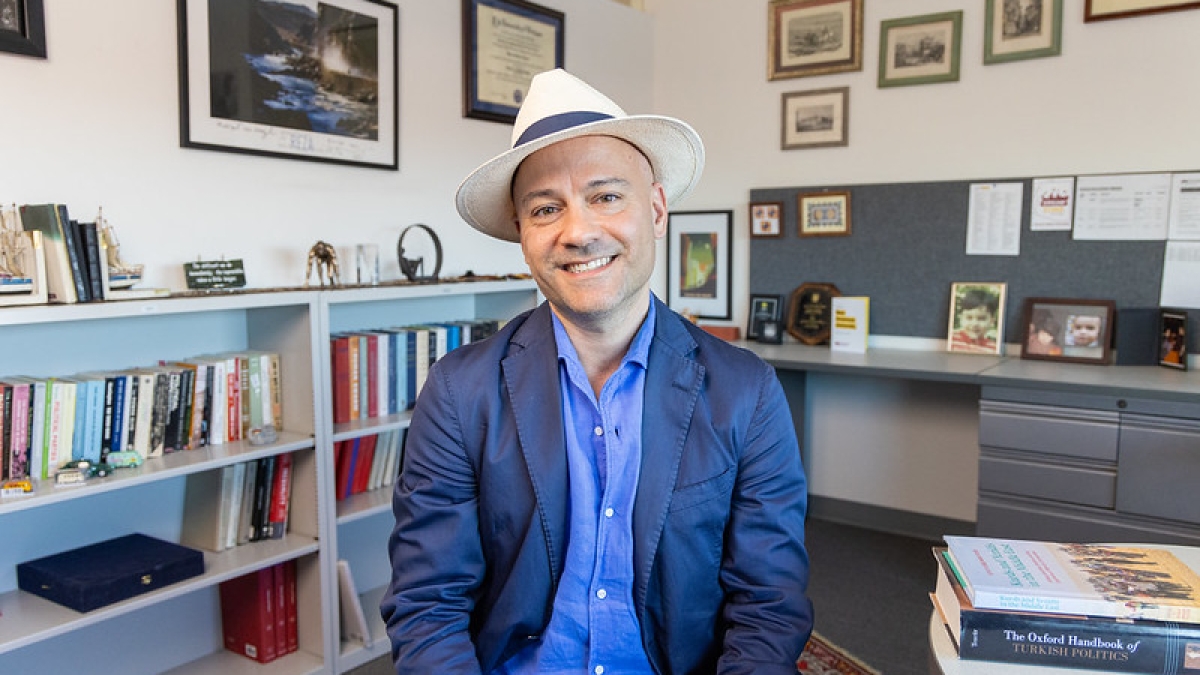
School of Politics and Global Studies director's new book explores mass violence
Why do people commit atrocities and why are certain groups, including religious and ethnic, more vulnerable to large-scale violence? These questions are explored in a new book by Güneş Murat Tezcür…
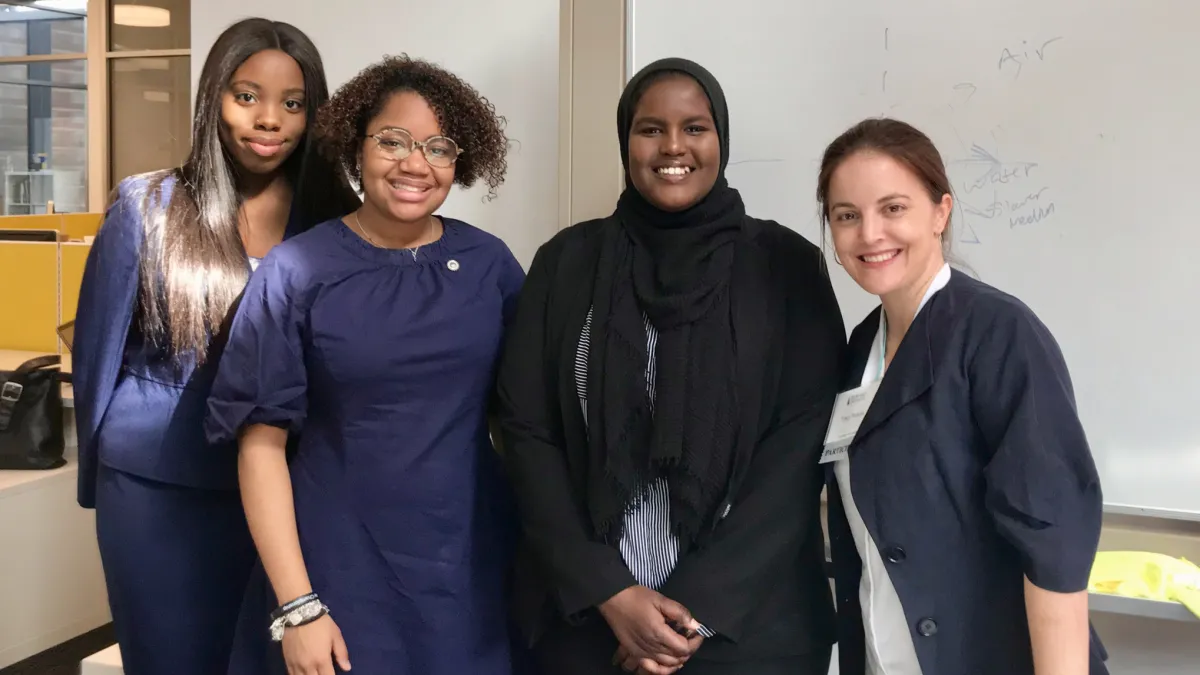
ASU faculty contributing to improvement of Wikipedia
Many academics have a love-hate relationship with Wikipedia. While the website has information about almost anything you can imagine, the credibility of that information is sometimes suspect. Tracy…
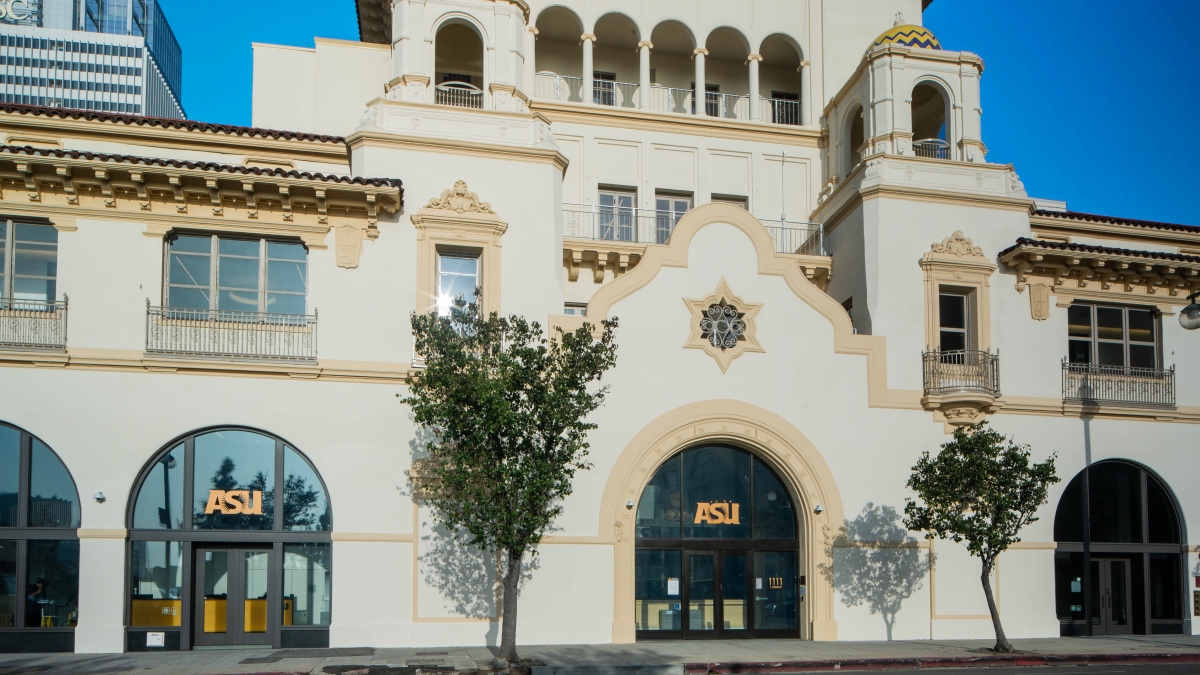
ASU Law students gain vital experience through Los Angeles location
Students at the Sandra Day O’Connor College of Law at Arizona State University may be concentrated in the school’s downtown Phoenix headquarters, but they have more choices than ever when it comes to…
